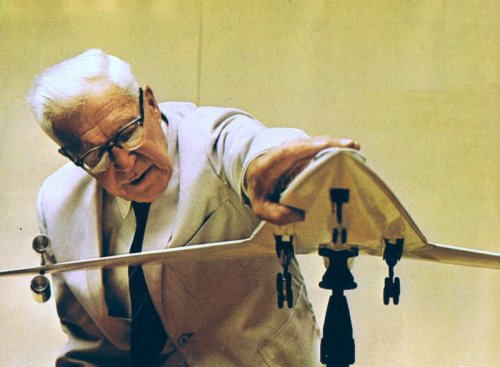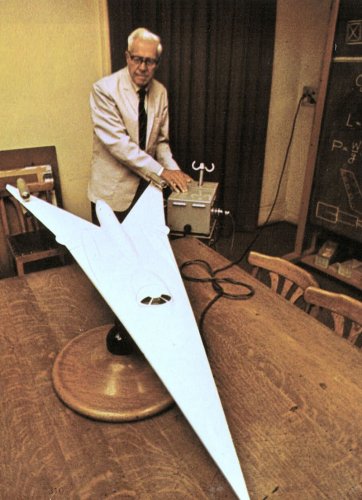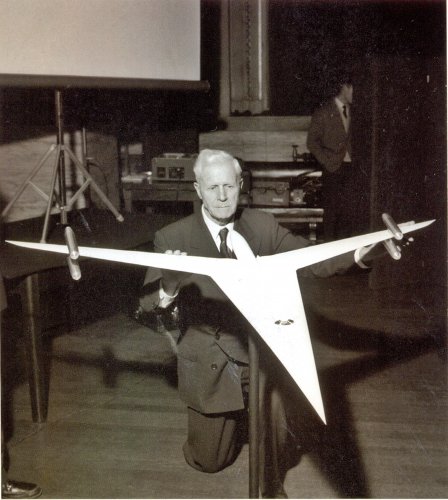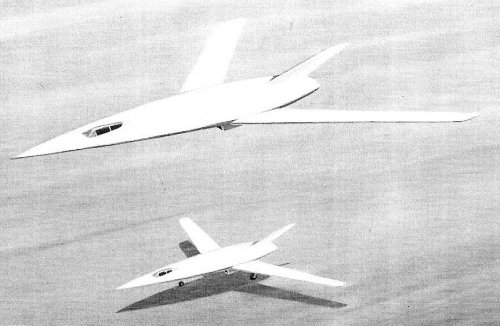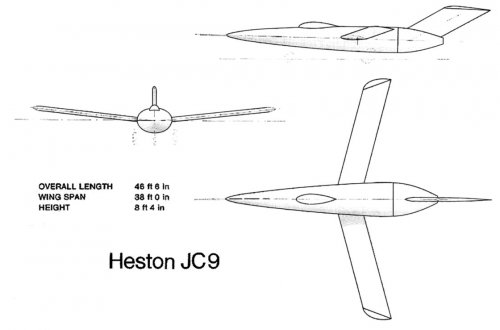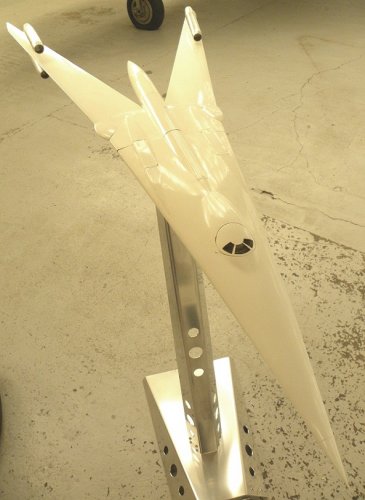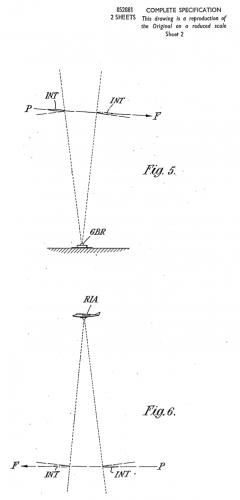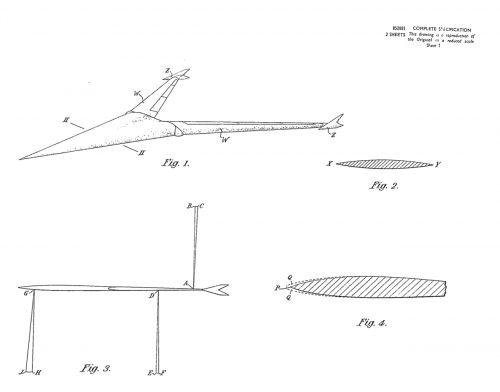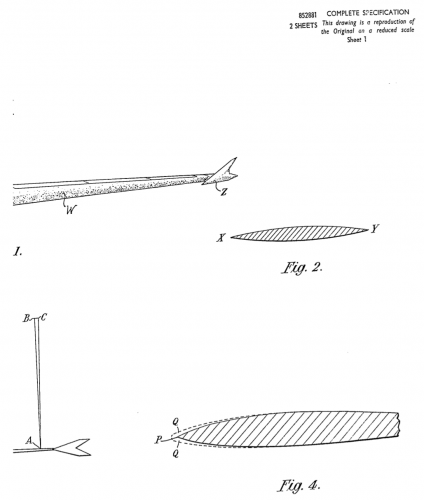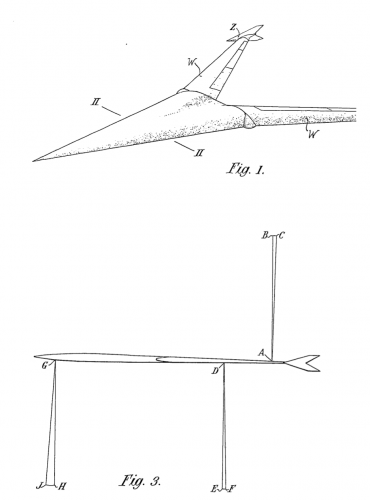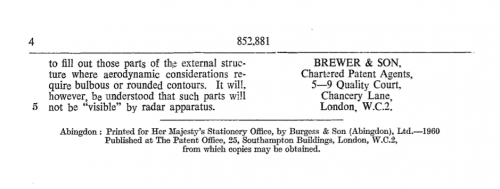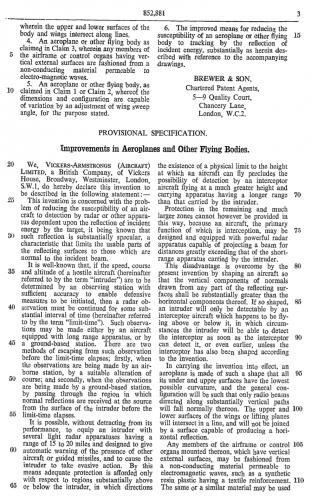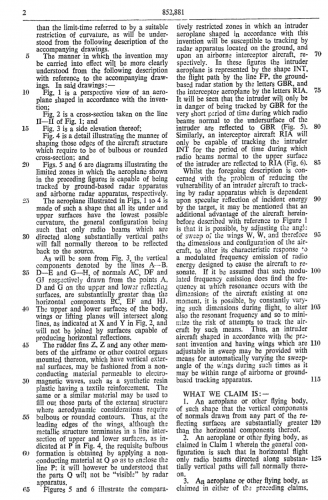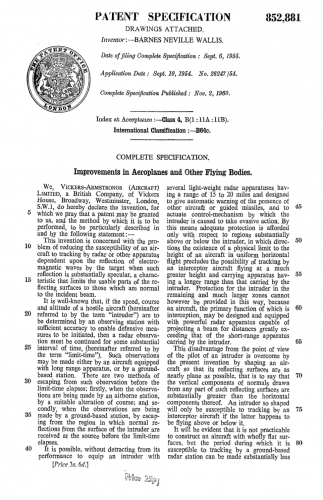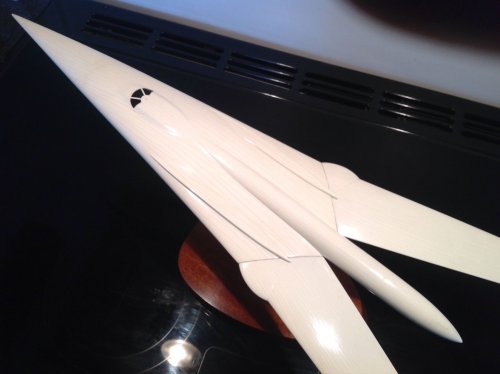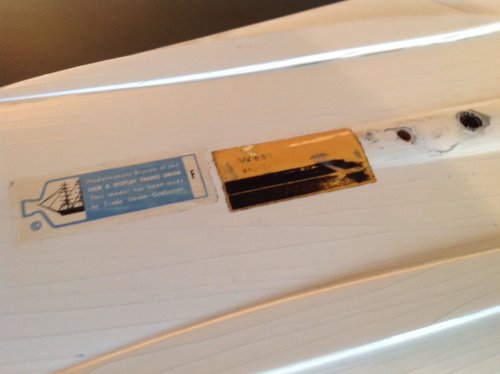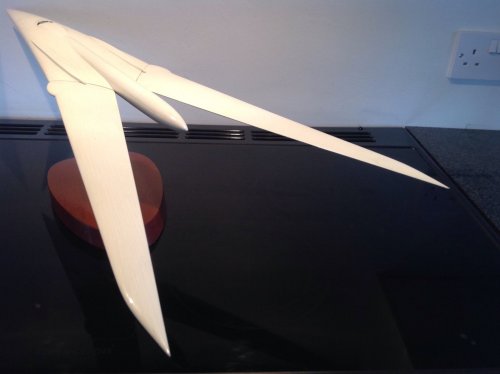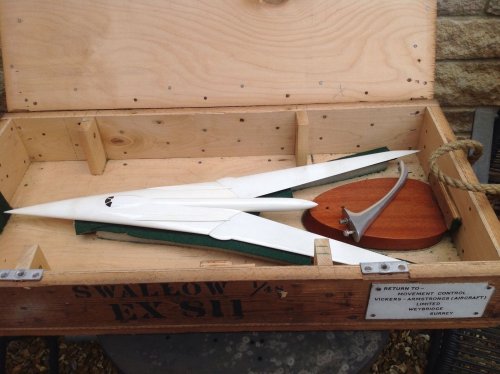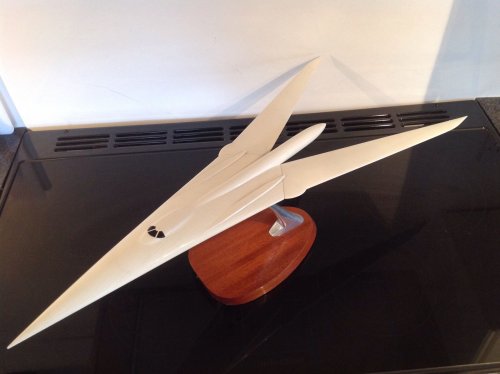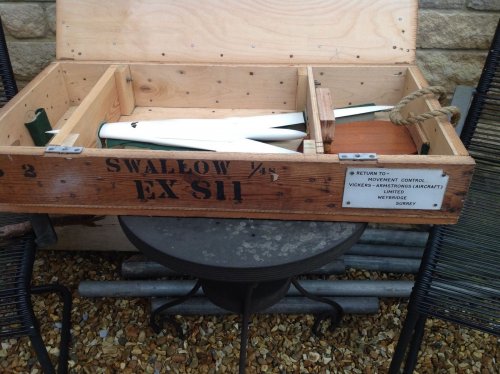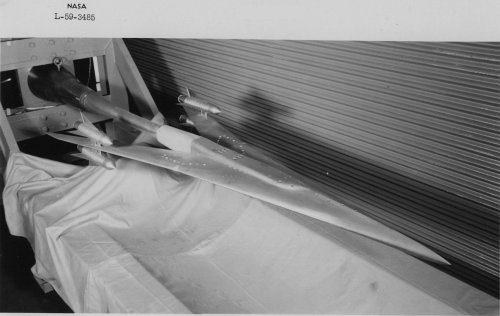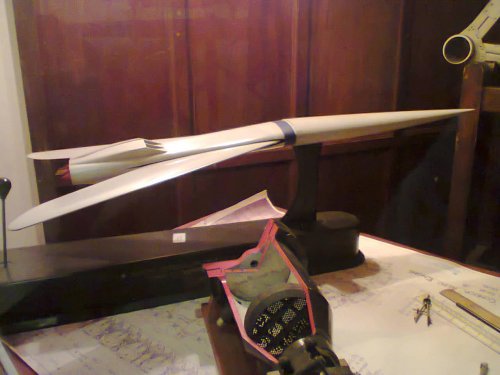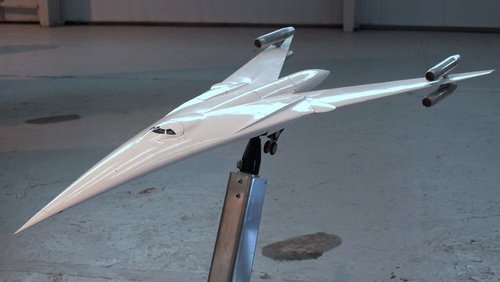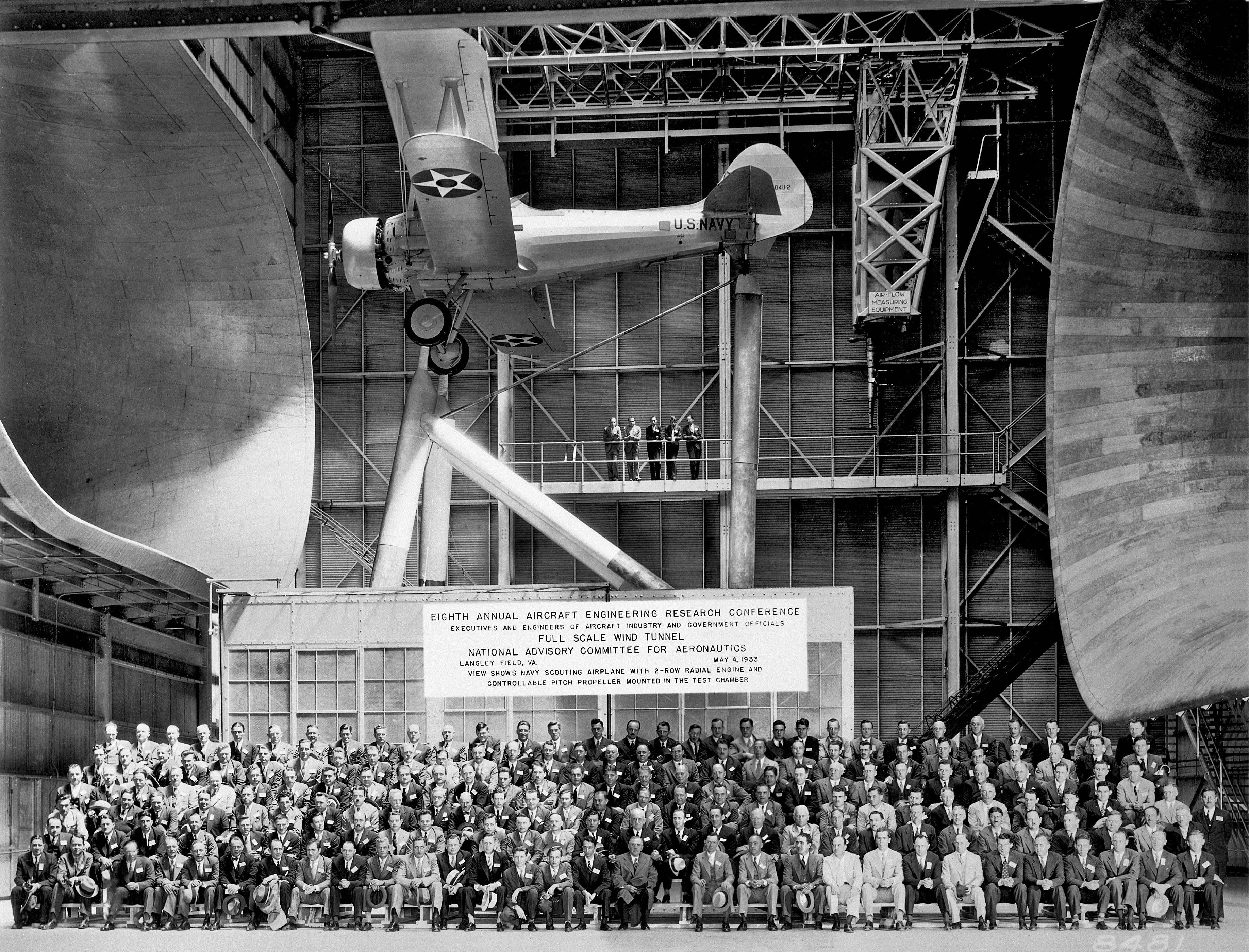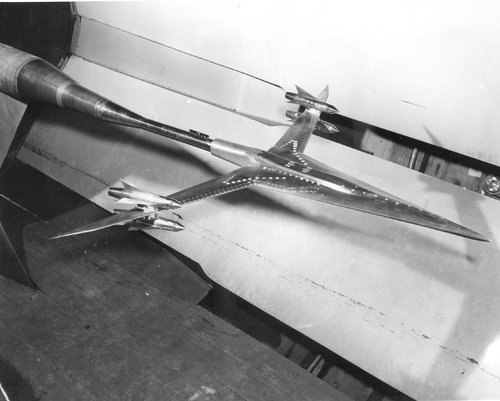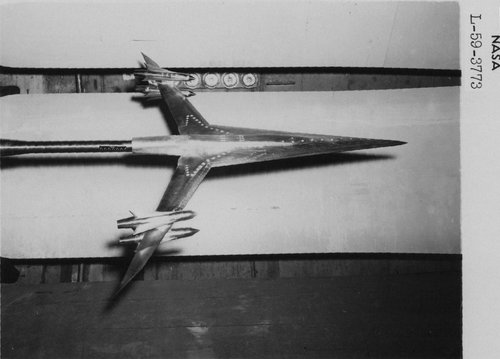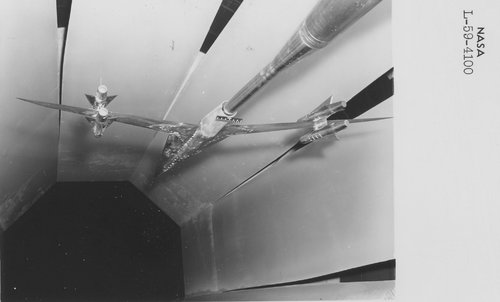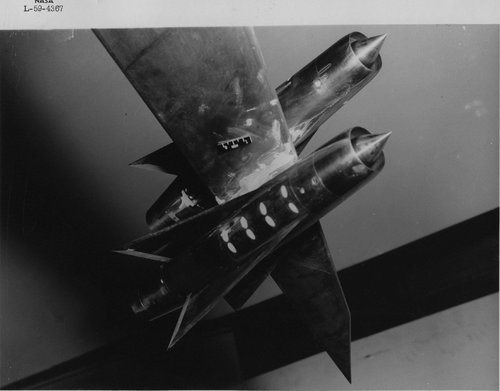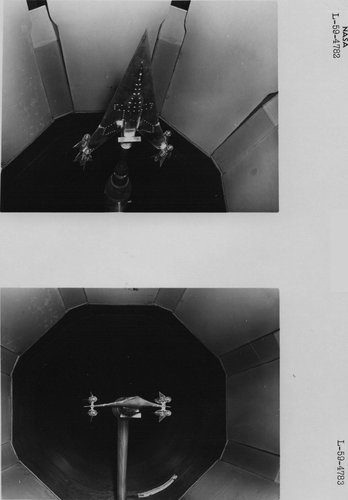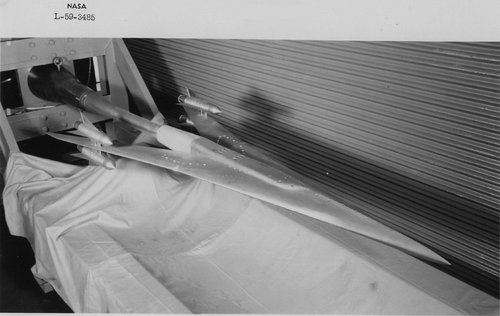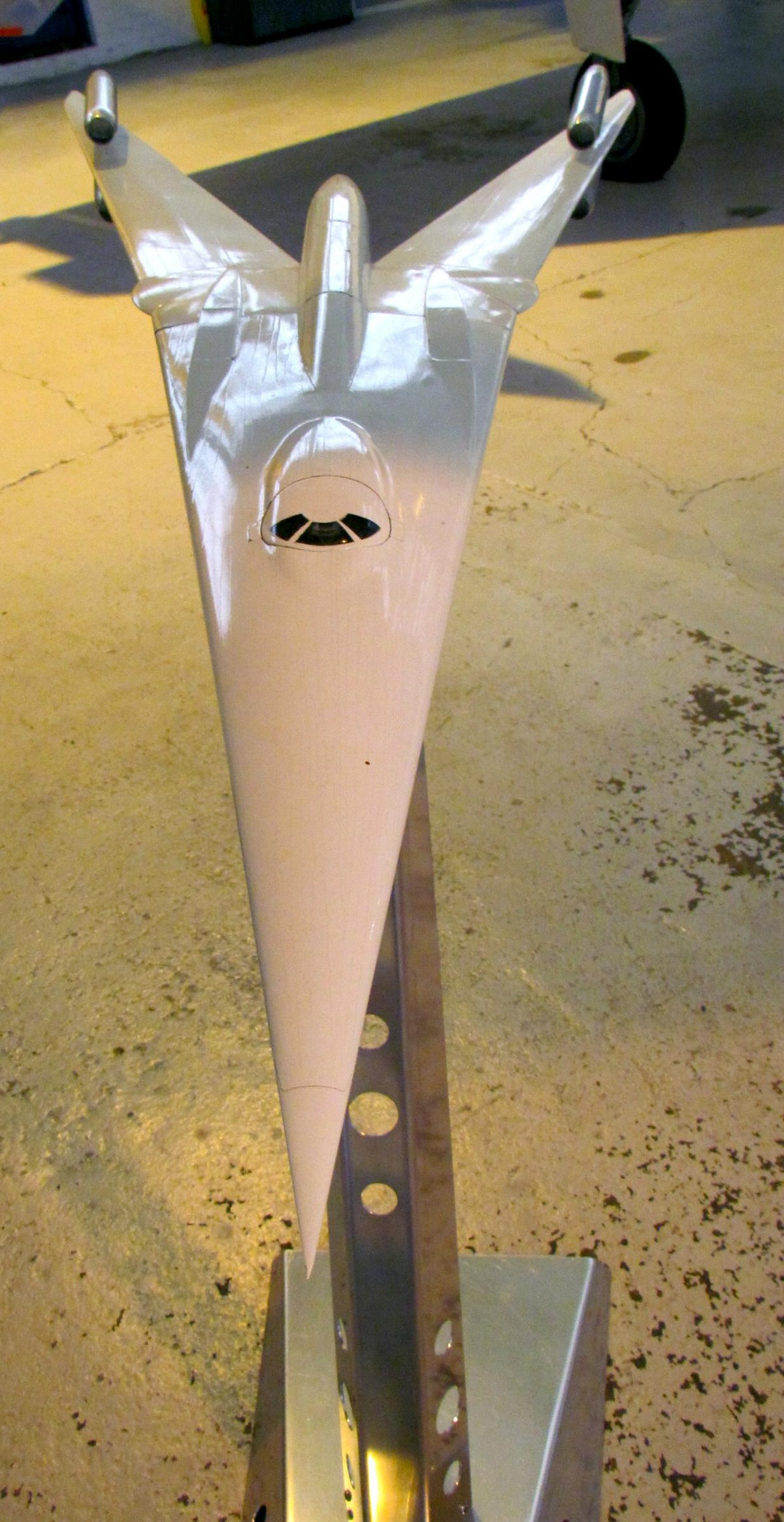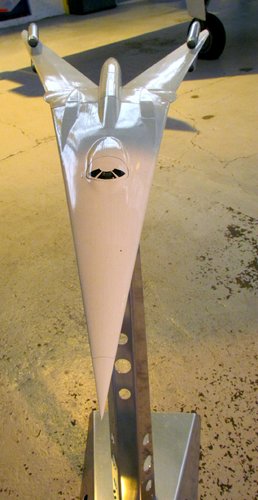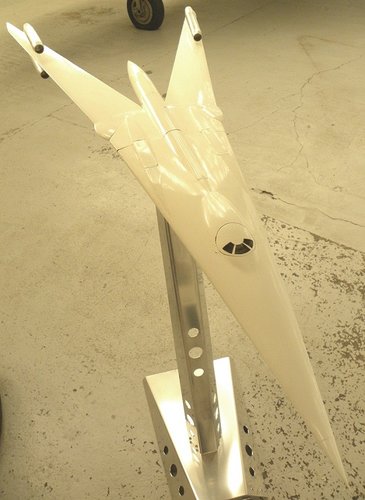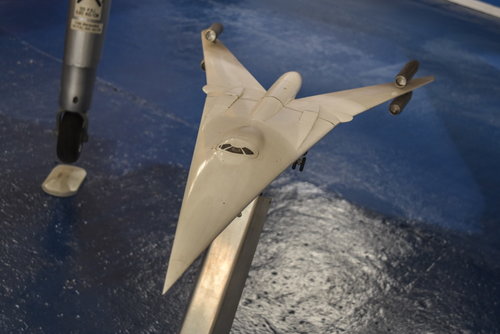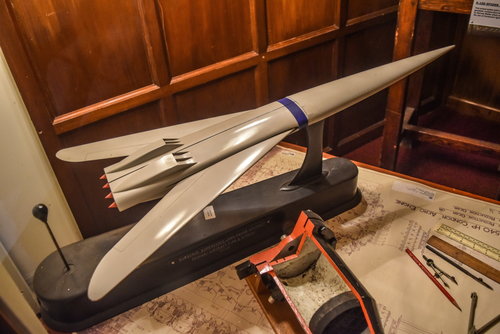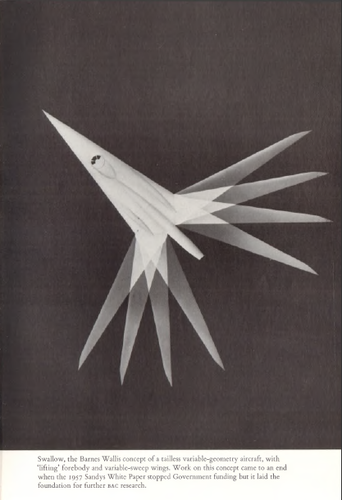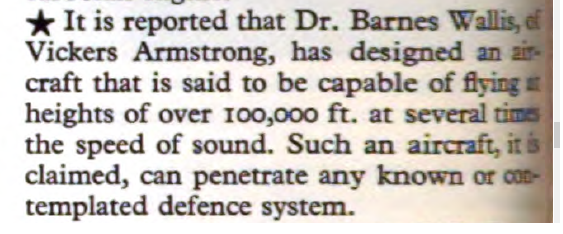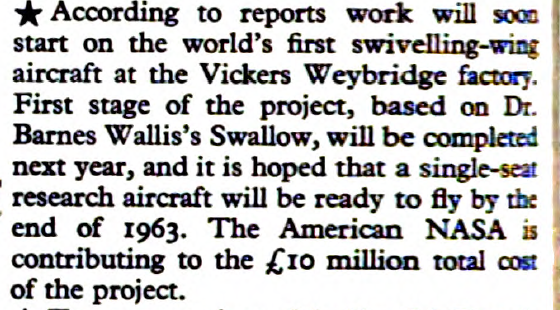- Joined
- 6 September 2006
- Messages
- 4,838
- Reaction score
- 9,481
A new book on Barnes Wallis 'Bouncing-Bomb Man: The science of Barnes Wallis' by Dr Iain Murray and published by Haynes has all sorts of picutes and plans and CGI reconstructions of various Wallis aircraft projects.
There is a drawing of the Heston JC.9 which adds nothing to those posted on this site. Dr Murray admits that the reasons for ordering the JC.9 and the reasons for cancelling it are not clear. He isn't sure who ordered it in the first place the it seems the Air Ministry cancelled it.
A 1951 memo outlines the basic role of the JC.9 he describes it has being single-seat capable of 1-2 hour flights with a structure stressed to take 7gs in subsonic flight and all-up weight 7,500lbs.
It seems to reduce risk even further Heston was building a model half of the AUW of the full-scale JC.9 with Heston only needed to build the fuselage and wing coverings and it was planned to use the model at Predannack launched from the trolley. Only when these half-scale tests were complete would a pilot take the JC.9 afloft.
The JC.9 was to be powered by an Adder turbojet in the rear fuselage with intakes either in the upper rear fuselage or forming the front of the vertical tail surface. It looks like it would be launched on an unpowered bogie so what means were provided for landing is a mystery. Span was 38ft unswept and length 46.5ft. Since wing pivots were to be fitted it seems likely the JC.9 would have undertaken sweep change in flight eventually.
There is a drawing of the Heston JC.9 which adds nothing to those posted on this site. Dr Murray admits that the reasons for ordering the JC.9 and the reasons for cancelling it are not clear. He isn't sure who ordered it in the first place the it seems the Air Ministry cancelled it.
A 1951 memo outlines the basic role of the JC.9 he describes it has being single-seat capable of 1-2 hour flights with a structure stressed to take 7gs in subsonic flight and all-up weight 7,500lbs.
It seems to reduce risk even further Heston was building a model half of the AUW of the full-scale JC.9 with Heston only needed to build the fuselage and wing coverings and it was planned to use the model at Predannack launched from the trolley. Only when these half-scale tests were complete would a pilot take the JC.9 afloft.
The JC.9 was to be powered by an Adder turbojet in the rear fuselage with intakes either in the upper rear fuselage or forming the front of the vertical tail surface. It looks like it would be launched on an unpowered bogie so what means were provided for landing is a mystery. Span was 38ft unswept and length 46.5ft. Since wing pivots were to be fitted it seems likely the JC.9 would have undertaken sweep change in flight eventually.

